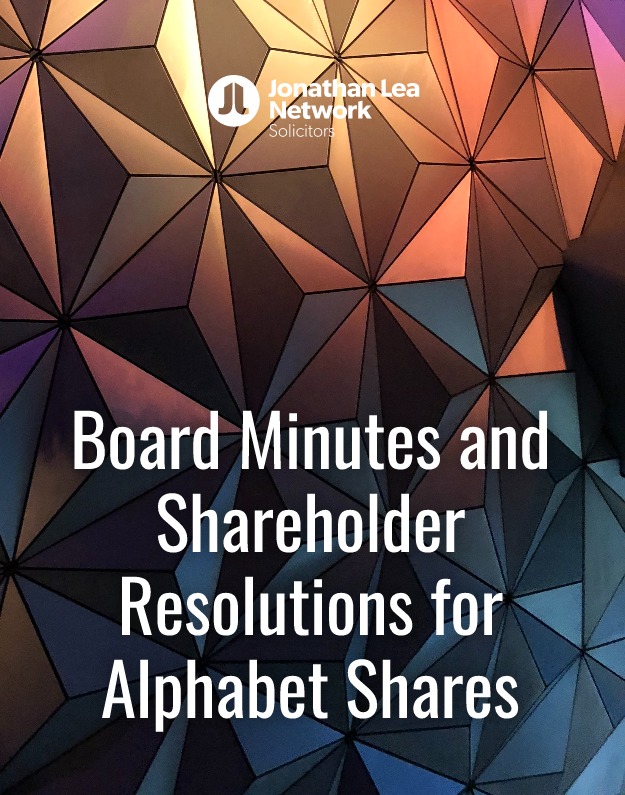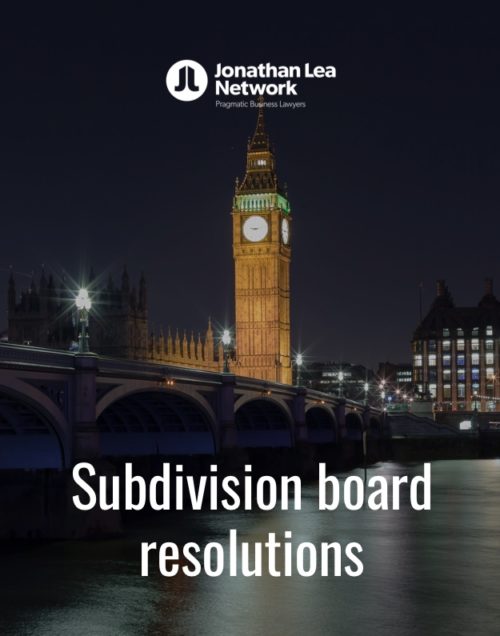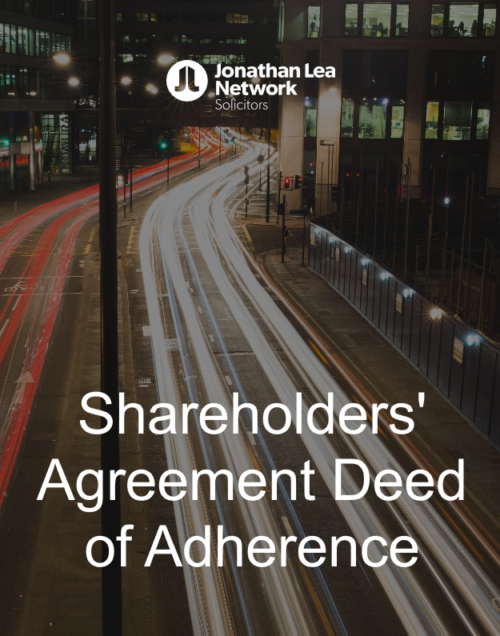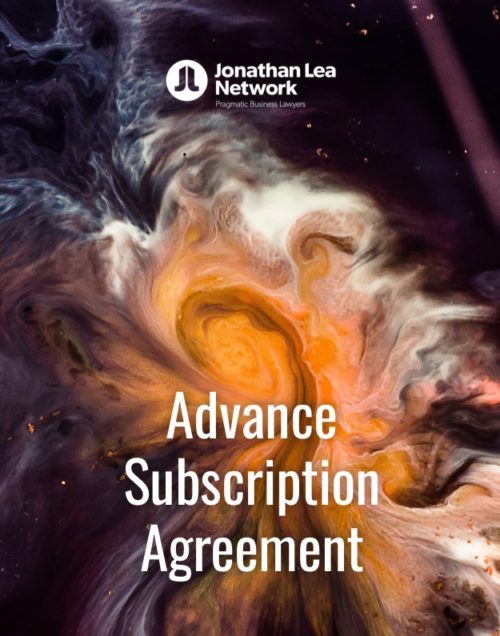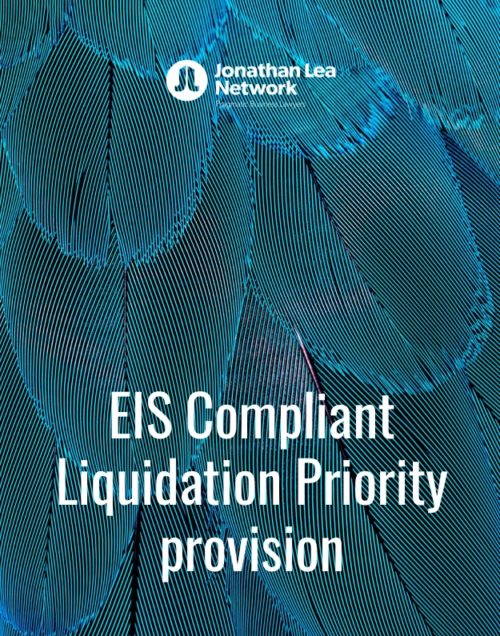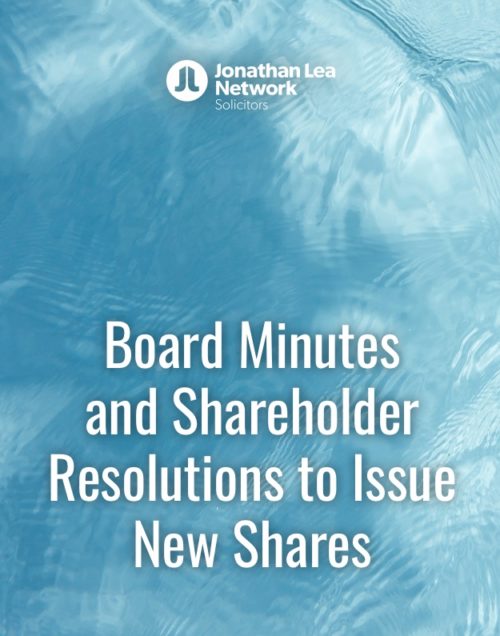Board Minutes and Shareholder Resolutions for Alphabet Shares
£6.99
This product constitutes an easily adaptable set of written shareholder resolutions and board minutes for a private UK limited company. The resolutions and board minutes can be used for the implementation of an alphabet shares scheme, specifically the resolutions adopt new articles regarding the creation of the new alphabet shares, redesignate existing shares into the new alphabet shares class and varies the rights attached to the share class(es).
The resolutions and board minutes have been drafted for a company which has the model articles. Though the model article provisions can be replaced with your company’s own tailored articles. You will need to ensure that the resolutions and board minutes do no contravene a company’s tailored articles or other constitutional document such as a shareholder’s agreement.
Alphabet shares allow the business to effectively assign their shareholders with shares in different classes, and these separate share classes are usually identifiable by a specific letter (hence the term ‘alphabet shares’) – for example a company could have categories of shares such as ‘A ordinary’ and ‘B ordinary’ shares.
The use of alphabet shares could help a business pay its shareholders different amounts of dividends depending on what class of share they own, or assign different rights to the holders of each class of share (for example, with regards to voting at meetings and on shareholder resolutions, or with regards to capital distributions on the winding up of the company).
Further down the page are our guidance notes relating to this template which you will also receive as a separate document when you buy the product.
Guidance notes to board minutes for the redesignation of shares into a new share class, varying the share class rights and adopting of new articles in respect of alphabet shares
This guide aims to explain what alphabet shares are, how to create them by the adoption of new articles as well as how to redesignate existing shares to the new class(es). The guidance also sets out how to correctly amend the template board minutes so as to properly implement an alphabet scheme.
Please note that the board minutes have been drafted to reflect a company incorporated with the model articles for a private company limited by shares. If the company has its own tailored articles, then you will need to ensure that the board approvals are conducted and granted in a manner that is in accordance with the company’s articles.
Template breakdown
Your input is required at the parts of the template highlighted in yellow and the wording inside the square brackets which we have included explains clearly the information that should be inserted. You are advised to fill in the wording in square brackets in lower case unless directed otherwise. Any figures should be entered in numerical form. The brackets should be removed after the amendments are made (so as to produce a ‘final form’ set of resolutions).
These board minutes are intended as a template only and must be adapted to the particular circumstances of your case.
Details regarding how alphabet shares operate can be found in the resolution guidance. This document, along with the resolutions can be used in conjunction with other products available in our shop (see our Articles of association for alphabet shares) that provides a template which details the new alphabet share class creation and the rights attached to those new classes, to be adopted as part of a company’s articles.
Formalities
You will need to insert the company name, the registered company number, the registered office address and the dates on which the resolutions the board meeting was held.
The chairperson’s name will also need to be inputted
Notice and Quorum
Paragraph 2 is a standard paragraph in all board minutes and notes compliance with the requirements to provide notice of a meeting to directors and that the requisite quorum was present. Be sure to check the articles of association which usually set out the specific requirements for convening a board meeting, including the relevant notice and quorum requirements.
Declaration of interests
Paragraph 3 is a standard paragraph in all board minutes where you must note any declaration of interest by the directors in the proposed issue of shares. The template provides several options depending on whether there are any interests to declare. To complete this paragraph correctly it is important to check the articles of association to confirm whether a conflicted director is able to participate in voting on the business of the meeting and/or be counted in the quorum and whether there are any specific steps which need to be taken in respect of any interest.
If there are no interests to declare then paragraph 3.2 can be used and the other options removed, otherwise it is likely that a combination of paragraphs 3.1 and one of 3.3 – 3.5 could be appropriate.
Please note if the company was incorporated with the model articles, then in some situations you may need to disapply Model Article 14(1) by way of an ordinary resolution. If such a procedure is required then ensure that you reference the disapplication of Model Article 14(1) in paragraph 3. Commonly, though Model Article 14(1) will not apply, as a redesignation of shares is unlikely to give rise to a conflict of interest.
Business of the Meeting
Paragraph 4 is where the business or purpose of the meeting should be set out.
Sub-paragraph 4.1 deals with shareholder approval to authorise the implementation of the alphabet share scheme by the adoption of the new articles and the redesignation of existing shares to the new share class. The existing articles should be checked and the relevant authority should be established before amending this sub-paragraph.
Paragraph 4.2(a) details the shareholdings following the redesignation of shares into the new share class. The current drafting reflects ‘SHAREHOLDER 3’s Ordinary Shares being redesignated into A Ordinary Shares, though this will need to be tweaked or amended to reflect your intended redesignation.
Paragraph 4.2(b) details the purpose for the redesignation i.e. so dividends are paid at the boards discretion in respect of the A Ordinary, whilst the rights relating to capital distribution and voting will rank pari passu (equally) with the Ordinary Shares. This is arguably the most common reason for the implementation of an alphabet share scheme i.e. to pay dividends at differing rates. However, you could amend this section to have the other rights rank differently, for example A Ordinary Shares could be non-voting. The particulars and rights of the shares will need to be detailed in the new articles.
Documents Produced at the Meeting
Paragraph 5 lists any documents which the directors of the company will be asked to consider at the meeting. In this instance the documents are the existing articles, the new articles and the written resolutions that will need to be passed by the shareholders to implement the alphabet share scheme. If there are additional items of business and/or additional documents then these can be added to paragraph 5.
Resolutions
Paragraph 6 states that the board approves the form of the Written Resolutions and the New Articles with paragraph 6.2 stating that the resolutions were circulated to the members (shareholders) and they, in turn, passed the resolutions. Please delete as appropriate the methods of executing the share certificate that do not apply to the company. Please note that where there is only one director, a share certificate will need to be either signed by a secretary or witnessed by another individual as a deed. If there are at least two directors then two of these directors will be able to sign the share certificate.
Filing and Close
Paragraph 7 notes an action to make the relevant filings at Companies House to record the adoption of new articles and the redesignation of shares. If the Written Resolutions were passed then a signed copy of the Written Resolutions should be sent to Companies House, as the special resolutions will need to be filed. Along with the Written Resolutions, the Company will also need to file the new articles, a Form SH08 (which records the redesignation of shares) and a Form SH10 (which records the varying of the rights attached to the relevant share class).
Paragraph 8 closes the meeting and below this paragraph the chairperson (if appointed) or one of the directors must sign the minutes to approve them.
Guidance notes to written shareholder resolutions for the redesignation of shares into a new share class, varying the share class rights and adopting new articles in respect of alphabet shares
This guide aims to explain what alphabet shares are, how to create them by the adoption of new articles as well as how to redesignate existing shares to the new class(es) and vary the rights attached to the share classes. The guidance also sets out how to correctly amend the template resolutions so as to properly implement an alphabet scheme.
Please note that the resolutions have been drafted to be used by a company incorporated with the model articles for a private company limited by shares. If the company has its own tailored articles, then you will need to ensure that the resolutions are conducted and passed in a manner that is in accordance with the company’s articles.
What are alphabet shares?
Alphabet shares provide businesses with an alternative way of raising equity finance as their company begins to expand and more shareholders join the company. A company that is limited by shares will have been set up with a nominal number of ordinary shares in issue.
Alphabet shares allow the business to effectively assign their shareholders with shares in different classes, and these separate share classes are identifiable by a specific letter (hence the term ‘Alphabet Shares’). For example, this could mean that the company has categories of shares such as “A” Ordinary shares, “B” Ordinary shares and so on.
The use of alphabet shares could help a business to pay shareholders different amounts of dividends depending on what class of share they own. Alternatively, alphabet shares are used in companies owned by families or in joint ventures so as to give certain shareholders power to make important decisions (for example to appoint a director).
Something important to note here is that if your company’s articles of association do not identify what rights are attached to each different class of share then they will rank pari passu with one another – meaning they all rank equally.
To avoid this, ensure that your company’s articles of association are amended via the special resolution of the shareholders (detailed below) so that the rights attaching to each different class of share is added. Once this has been done, one rate of dividend can be paid to the shareholder(s) owning, for example, “A” Ordinary Shares and a different rate can be paid to the shareholder(s) owning “B” Ordinary Shares.
Such an amendment to your company’s articles is essential in order to circumvent the ‘model article’ provisions that demand dividends be paid in proportion to the number of shares held. As mentioned above, unless otherwise stated in the articles of association, in relation to all other rights such as voting and rights to capital on a winding up, the different classes of shares will usually rank equally.
Typically, the process of implementing an alphabet share scheme involves the following:
- The company creating a new class of shares (or classes of shares);
- Detailing the rights attaching to the new share classes in a set of new articles of association;
- Ensuring that these new articles detailing new share class rights are adopted by special resolution (this can be a written resolution);
- The company deciding (once the new share classes have been created) to either allot new shares of the classes concerned (resolutions and board minutes for the allotment of new shares can be bought here) or have existing shares converted to the new classes (which route is decided upon will impact what statement of capital forms need to be completed and filed at Companies House), you will note that these resolutions have been drafted to reflect a redesignation of shares and variation of the rights attached to the share class(es);
- Both directors and shareholders considering and approving the changes to the company’s existing articles; and
- Sending notices of the relevant statutory forms and shareholder resolutions (along with a dated copy of the new articles) to Companies House within the prescribed time limits.
Template breakdown
Your input is required at the parts of the template highlighted in yellow and the wording inside the square brackets which we have included explains clearly the information that should be inserted. You are advised to fill in the wording in square brackets in lower case unless directed otherwise. Any figures should be entered in numerical form. The brackets should be removed after the amendments are made (so as to produce a ‘final form’ set of resolutions).
These resolutions are intended as a template only and must be adapted to the particular circumstances of your case.
Formalities
You will need to insert the company name, the registered company number and the dates on which the resolutions were circulated and passed (these can be the same date).
Directors interest
If the directors possess no interest in the any of the transactions and/or no conflict of interest is likely to arise, then no resolution (ordinary or special) disapplying or waiving interest is likely to apply.
As stated above, we have drafted the template resolution on the basis that the company has model articles. Please note if the company was incorporated with the model articles, then in some situations you may need to disapply Model Article 14(1) by way of an ordinary resolution. The ordinary resolution disapplying Model Article 14(1) can be inserted above the special resolutions in the same format, be sure to amend the numbering to reflect the implementation of the ordinary resolution. Commonly, though Model Article 14(1) will not apply, as a redesignation of shares is unlikely to give rise to a conflict of interest, thus, such an ordinary resolution will not usually be required.
If your company does not have model articles then you will need to check the existing articles to determine how directors’ interests are declared and/or waived (if such a provision requires).
Resolution 1 (redesignation of share class)
This resolution has the effect of redesignating shares held by an existing shareholder to the newly created share class, which is detailed in the new articles.
You will need to input the existing number of shares that they own, what class those shares are held in, the nominal value of the shares and who holds those shares. You will also need to include the same aforementioned details but in respect of the newly created share class i.e. the share class which the existing shares are being redesignated to. Currently this new share class is called A Ordinary but if the name of the new share class is different, then the new share class name will need to be amended to reflect as such, to coincide with the name of the new class stipulated in the articles.
Resolution 2 (adoption of new articles)
This resolution has the effect of adopting new articles that creates the new share class with their attached rights, that operate in tandem with the company’s model articles.
If your company has its own tailored articles then you will need to first check the existing articles of association for the method of adopting or amending the existing articles. Secondly, check that there are no obvious clashes between the existing articles and the new articles which are to be adopted by way of this resolution.
Resolution 3 (variation of share class rights)
This resolution has the effect of varying the class rights attached to the relevant share class(es) in, which is detailed in the new articles.
You will need to input the classes of shares whose rights are being varied and the nominal value of the shares.
You will note that at the end the end of this resolution there is the statement that the rights attached to this new share class will be detailed in the new articles. It is imperative that in the new articles, the rights such as capital distribution on a winding up, voting and dividends have been appropriately detailed.
Execution blocks
Be sure to include the full names of all shareholders who are eligible to vote on these resolutions, failure to do so will indicate that the resolution was not circulated to all the shareholders and thus not validly passed. As a separate point to note, please note that in order to pass resolution 3 you will need the agreement of those shareholders who hold 75% or more of the nominal value of the class(es) of shares being varied.
Please also note that you will need to attach/annex the new articles of association to the resolutions at the end that you are intending to adopt so that each shareholder can consider them fully and vote accordingly.

